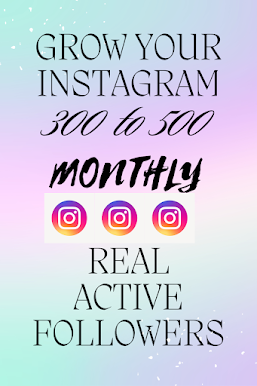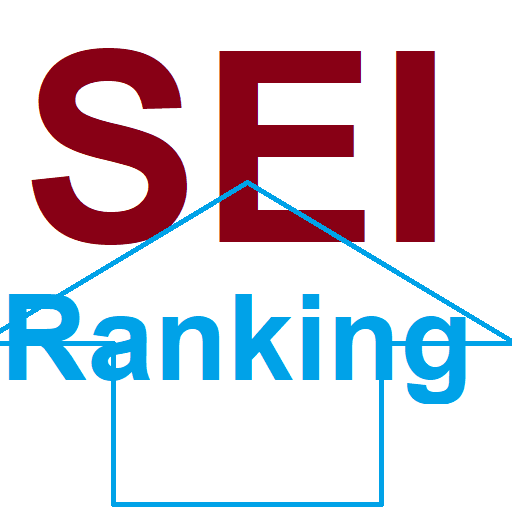Search Engine Optimization (SEO) is an ever-evolving landscape, and while there are various aspects to consider, on-page SEO remains a crucial factor in determining a website's visibility and ranking on search engine result pages (SERPs). In this article, we will delve into the world of on-page SEO and explore the best practices that can significantly impact your website's success.
Understanding On-Page SEO
What is On-Page SEO?
On-page SEO refers to the optimization techniques and practices implemented directly on a website's web pages to improve its search engine rankings. This includes various elements like content, HTML source code, and multimedia.
The Importance of On-Page SEO
On-page SEO plays a pivotal role in search engine rankings. When done correctly, it can enhance a website's visibility and increase organic traffic. By structuring the content, utilizing keywords strategically, and providing a seamless user experience, on-page SEO sets the foundation for success.
Keyword Research: Laying the Foundation
Identifying Relevant Keywords
Keyword research is the bedrock of any successful on-page SEO strategy. By identifying relevant keywords and understanding user intent, you can tailor your content to address specific queries and attract the right audience.
Long-Tail Keywords: Tapping into Niche Markets
Incorporating long-tail keywords in your content allows you to target niche markets and reach users who are looking for specific information or products. These keywords often have lower competition, making it easier to rank for them.
Creating High-Quality Content
Crafting Engaging and Informative Content
High-quality content is the cornerstone of on-page SEO. Content that engages readers, answers their questions, and provides value is more likely to be shared and linked to, contributing to improved rankings.
The Role of Keywords in Content Creation
Strategic placement of keywords in your content helps search engines understand the relevance of your pages to specific search queries. However, it's essential to avoid keyword stuffing and maintain a natural flow of content.
Utilizing Header Tags (H1, H2, H3, H4) for Structure
Header tags not only make your content visually appealing but also provide structure and hierarchy to your web pages. Utilize H1, H2, H3, and H4 tags to organize your content and signal its importance to search engines.
Page Title and Meta Description Optimization
Writing Compelling Page Titles
The page title is the first thing users see in search results. Crafting compelling and descriptive titles not only entices users to click through to your site but also helps search engines understand the content's context.
Crafting Effective Meta Descriptions
Meta descriptions provide a brief summary of your page's content. By creating informative and persuasive meta descriptions, you can increase the likelihood of users clicking on your link in the search results.
The Impact of CTR on Rankings
Click-Through Rate (CTR) is a critical metric that measures the percentage of users who click on a specific link after seeing it in search results. A high CTR signals to search engines that your content is relevant and valuable, which can positively impact your rankings.
URL Structure and Optimization
Creating User-Friendly URLs
A clean and descriptive URL structure not only aids in SEO but also improves user experience. Users and search engines can quickly understand what a page is about just by looking at its URL.
Including Target Keywords in URLs
Incorporating target keywords in your URLs can help search engines identify the topic of your page. However, avoid using excessive keywords and keep URLs concise and relevant.
Image Optimization: Enhancing Visual Appeal
Choosing the Right Image File Names
Optimize your image file names by using descriptive keywords that accurately represent the image content. This practice can improve image search rankings and overall SEO.
Using Alt Text for Accessibility and SEO
Alt text provides alternative text descriptions for images, making them accessible to visually impaired users. Additionally, search engines use alt text to understand image content, further enhancing the page's relevance.
Mobile Responsiveness: Catering to Mobile Users
Importance of Mobile-Friendly Websites
With a significant portion of internet users accessing content through mobile devices, having a mobile-friendly website is crucial for SEO success. Mobile responsiveness is now a ranking factor in Google's algorithm.
Mobile-First Indexing and SEO
Google's mobile-first indexing means that the mobile version of your website is now the primary source for ranking and indexing. Ensuring your mobile site is optimized for search engines and user experience is paramount.
Page Loading Speed: Improving User Experience
Understanding Page Speed Metrics
Page loading speed is a vital aspect of on-page SEO. Slow-loading pages can negatively impact user experience and lead to higher bounce rates.
Optimizing Images and Code
Compressing images and minifying code can significantly improve page loading speed, providing a seamless experience for users and positively affecting search engine rankings.
Leveraging Browser Caching
Leveraging browser caching allows returning visitors to load your website faster since their browsers store certain elements of your site. This can lead to improved user experience and faster load times.
Internal Linking: Navigating the Website
Benefits of Internal Links for SEO
Internal links help search engines discover and index content on your website. They also assist users in navigating between related pages, increasing overall engagement.
Best Practices for Internal Linking
Strategically place internal links within your content to create a hierarchical structure. Use descriptive anchor text to provide context to both users and search engines.
User Experience and Engagement Metrics
Dwell Time: Keeping Users on the Page
Dwell time is the length of time a user spends on a web page before returning to the search results. Engaging and valuable content can increase dwell time, signaling to search engines that your content is relevant and helpful.
Bounce Rate: Reducing Exits
Bounce rate is the percentage of users who leave your site after viewing a single page. Reducing bounce rates through compelling content and clear calls-to-action can positively impact SEO.
Improving Click-Through Rates (CTR)
Crafting captivating meta titles and descriptions can entice users to click on your link, thereby improving your CTR and potentially boosting your rankings.
Monitoring and Analyzing Performance
Utilizing Google Analytics
Google Analytics provides valuable insights into your website's performance, user behavior, and traffic sources. Regularly analyze these metrics to identify areas for improvement.
Key Performance Indicators (KPIs) to Track
Identify relevant KPIs such as organic traffic, conversion rates, and keyword rankings to measure the success of your on-page SEO efforts.
Security and HTTPS
The Importance of Website Security
Securing your website with HTTPS not only protects user data but also serves as a positive ranking factor. Google prioritizes secure websites in search results.
SSL Certificates and SEO Benefits
Implementing an SSL certificate on your website ensures that data transmitted between the user's browser and your web server is encrypted, bolstering user trust and SEO performance.
Social Media Integration
Social Signals and SEO
Engagement on social media platforms can indirectly influence SEO rankings by increasing brand visibility and driving more traffic to your website.
Encouraging Social Sharing
Incorporate social sharing buttons on your website to encourage users to share your content on their social media profiles, expanding your reach and potential for backlinks.
Conclusion
In conclusion, on-page SEO is a crucial aspect of any successful SEO strategy. By understanding the best practices discussed in this article and implementing them on your website, you can enhance its visibility, attract targeted traffic, and improve overall search engine rankings. Remember to stay up-to-date with the latest SEO trends and adapt your strategies as search engines evolve.
FAQs
What is on-page SEO?
On-page SEO refers to the optimization techniques implemented on a website's web pages to improve search engine rankings.
Why is keyword research important for on-page SEO?
Keyword research helps identify relevant keywords that can attract the right audience to your website.
How can I improve my page loading speed?
You can optimize images and code, leverage browser caching, and choose a reliable hosting provider to improve page loading speed.
Are internal links essential for SEO?
Yes, internal links assist search engines in discovering and indexing content on your website, and they also help users navigate between related pages.
Does social media engagement impact SEO?
While social media engagement doesn't directly affect SEO rankings, it can indirectly influence brand visibility and drive more traffic to your website.








0 Comments